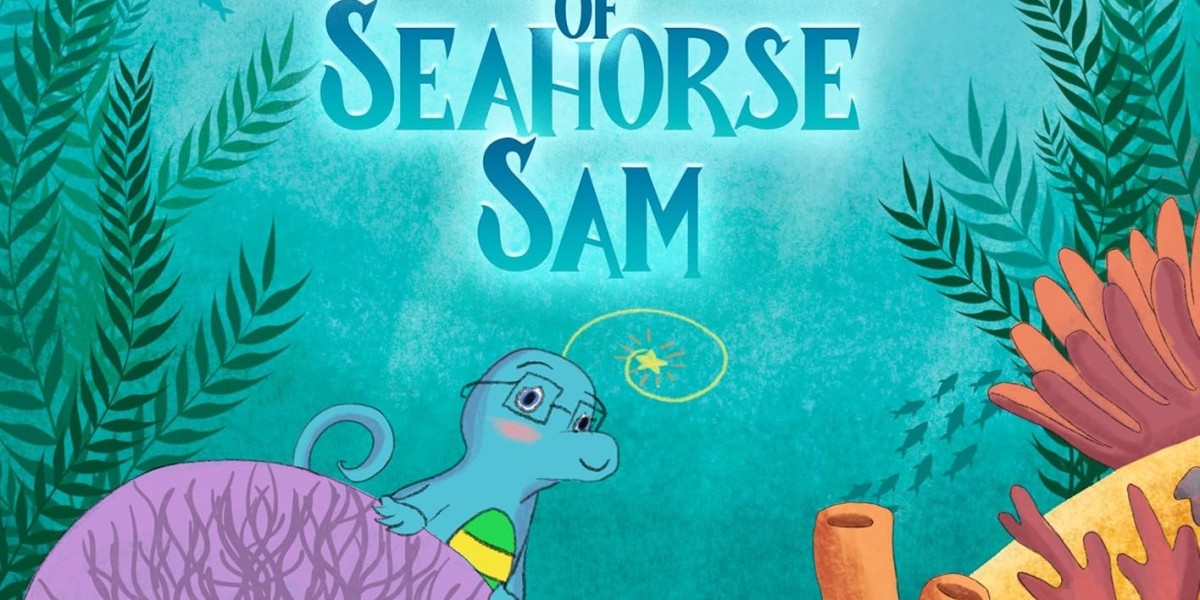In The Adventures of Seahorse Sam by Kathryn E. Ready, young readers are transported to the magical underwater world of Bright Moon Bay. Here, Sam, an extraordinary seahorse, learns that being different is a strength and faces the challenges of marine pollution. When Sam encounters Tina the turtle, trapped in a plastic bag, children are inspired to embrace environmental responsibility. This article outlines strategies for parents and educators to teach children about marine conservation.
- Use Storytelling to Raise Awareness
Storytelling is a powerful way to introduce environmental issues. Sam’s encounter with the plastic bag illustrates the dangers of pollution. To enhance this experience:
- Ask Questions: After reading, engage children with questions like, “How did the plastic bag affect Tina?” to promote critical thinking.
- Relate to Real Life: Explain how everyday items like plastic bags can harm marine life, helping children grasp the real-world implications of pollution.
- Hands-On Activities to Promote Conservation
Active engagement helps children learn effectively. Here are some hands-on activities:
- Beach Clean-Up: Organize clean-up days to show how their actions can help marine animals.
- Recycling Projects: Create art using recycled materials to teach the importance of reusing items.
- Plastic-Free Challenges: Encourage children to reduce plastic use, rewarding their efforts with fun activities.
- Foster Empathy for Marine Life
Sam's actions emphasize the importance of empathy for all creatures. To cultivate this:
- Watch Nature Documentaries: Viewing documentaries helps children appreciate the ocean’s beauty and the challenges marine life faces.
- Adopt a Sea Creature: Symbolically adopting a sea animal can deepen children's connections to marine life.
- Visit Aquariums: These trips provide firsthand experiences with marine animals, fostering responsibility for their protection.
- Teach the Impact of Pollution
Understanding pollution’s effects is crucial. Use simple explanations and visuals to help:
- Demonstrate with Experiments: Conduct experiments to show pollution’s effects on water quality and marine life.
- Create a Pollution Chart: Illustrate different pollution types and their impacts to encourage discussions about reducing waste.
- Explain the 3 Rs: Teach children about reducing, reusing, and recycling in their daily lives.
- Encourage Advocacy and Community Involvement
Children can become advocates for marine conservation:
- Share What They Learn: Encourage kids to share their newfound knowledge about marine conservation with peers.
- Write Letters: Help them draft letters to local businesses urging plastic reduction.
- Participate in Campaigns: Engage in conservation campaigns to connect with larger movements protecting the planet.
- Make It Fun and Relatable
Learning about the environment can be enjoyable:
- Play Ocean-Themed Games: Create games that focus on recycling and conservation.
- Read More Books: Explore other ocean-themed books to inspire care for marine life.
- Craft with a Purpose: Use crafts to discuss marine issues, like creating jellyfish while talking about plastic pollution.
The Adventures of Seahorse Sam serves as a call to action for young readers to protect the ocean. By employing storytelling, engaging activities, empathy-building experiences, and community involvement, parents and educators can make marine conservation meaningful and fun. Through Sam's journey, children learn that even small actions can lead to significant changes, empowering them to be stewards of the planet and protectors of its living creatures.



